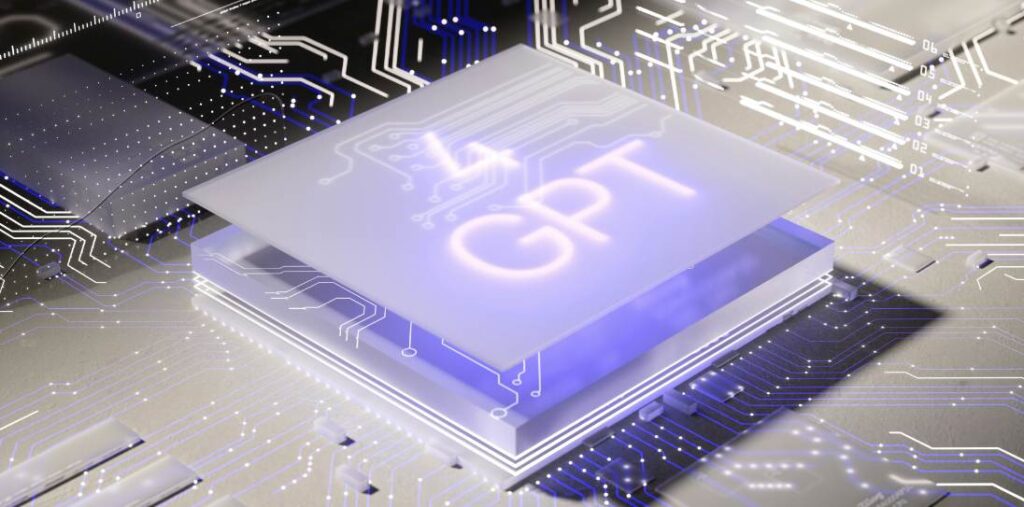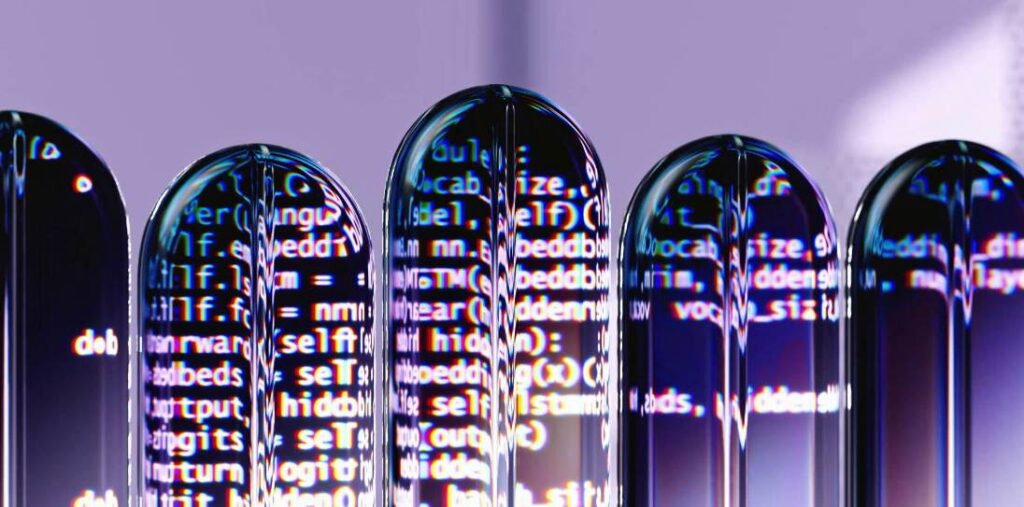Artificial Intelligence (AI) continues to evolve at breakneck speed, with organizations and researchers racing to develop groundbreaking models and technologies that aim to redefine various industries. As of October 2023, recent advancements in AI large models, autonomous systems design, robotics, and the integration with blockchain technology have captured the attention of both the tech community and the general public. This article delves deep into these developments, unveiling new AI products, tools, and the rapidly advancing field of autonomous driving cloud services.
.
**Large Language Models Are Getting Bigger and Smarter**
One of the most riveting developments in AI has been the continuous enhancement of large language models (LLMs). These models have surged in size and capabilities, resulting from significant investments in computational power and innovative training techniques. Google’s latest release, Bard 2.0, has made headlines due to its impressive natural language understanding and multi-modal capabilities, enabling users to communicate with it via text or voice.
.
The significant leap in Bard 2.0’s efficiency can be attributed to its advanced training on diversified datasets, including real-time internet data. This allows for more accurate responses and a better understanding of context. OpenAI’s GPT-4 has also seen enhancements, with newer iterations now capable of generating high-quality code snippets and solving complex problems with unprecedented accuracy. These improvements promise to disrupt various sectors, including education, customer service, and content creation.
.
**Autonomous Systems Design: Blueprint for the Future**
With AI making strides in various fields, the design of autonomous systems has gained momentum. Autonomous systems can operate independently in complex environments and include drones, robots, and self-driving vehicles. Recent initiatives have demonstrated that integrating AI with robotics can lead to the creation of sophisticated autonomous systems capable of performing intricate tasks, such as search and rescue missions or precision agriculture.
.
A notable example is the ongoing collaboration between Boston Dynamics and NASA to develop autonomous robots that can traverse rugged terrains on extraterrestrial bodies. These robots utilize advanced AI models to make real-time decisions, navigating challenges with minimal human intervention. The implications of this research are monumental, and the ability of robots to function autonomously opens up endless possibilities for industries ranging from transportation to healthcare.
.
**Blockchain Meets Robotics: A New Frontier**
The fusion of AI with blockchain technology is creating innovative solutions that redefine data privacy and cybersecurity in autonomous systems. The combination leverages blockchain’s decentralized ledger capabilities to ensure secure communication and data management between autonomous agents. This merges the trust-based integrity of blockchain with the adaptive decision-making abilities of AI, pushing the frontiers of what can be achieved in both technologies.
.
Startups like IOTA and Fetch.ai are already exploring this junction. IOTA, for instance, is working on a decentralized platform that allows autonomous vehicles to communicate securely, share data, and make transactions in real-time. Such technologies have implications for data integrity, particularly in autonomous driving services, where safety and reliability are paramount.
.
**Revolutionizing Autonomous Driving Cloud Services**
As the demand for autonomous vehicles continues to rise, companies are focusing on enhancing cloud services for autonomous driving. Recent advancements suggest that cloud computing is becoming pivotal in managing vast datasets required for the operational efficiency of self-driving cars. For instance, Waymo and Tesla are investing heavily in their driving cloud infrastructure to manage sensory input, perform calculations, and make autonomous driving decisions seamlessly.
.
New cloud-based systems not only enhance the performance of self-driving vehicles but also contribute to accident prevention through real-time data processing. These systems analyze metrics like vehicle speed, environmental factors, and proximity to other entities to facilitate split-second decision-making. This convergence of AI and cloud technology signifies a quantum leap in how vehicles can operate, promising safer journeys and efficient traffic management.
.
**Emergence of New AI Tools and Products**
AI toolkits and products are evolving to accommodate the varied needs of developers and enterprises. Companies are introducing comprehensive AI platforms that allow users to build, deploy, and scale applications effortlessly. One such example is Microsoft’s Azure AI, which integrates AI functionalities across Microsoft products. Azure AI provides developers with enhanced access to pre-trained models, enabling custom deployments suited to specific use cases.
.
Moreover, new tools like OpenAI’s Codex are aimed at democratizing AI for developers by translating natural language requests into code. This product lowers barriers to programming, allowing non-coders to develop software solutions with minimal technical know-how. Such tools reflect a significant trend toward user-friendly interfaces, enabling individuals and organizations with varying degrees of technical expertise to leverage AI effectively.
.
**The Role of Regulatory Frameworks**
As AI continues to gain traction in various domains, the necessity for regulatory frameworks is becoming increasingly apparent. Policymakers worldwide are grappling with how to best regulate these technologies while fostering innovation. The European Union, for example, has proposed regulations that emphasize ethical AI use and accountability, ensuring that AI systems are safe and respect user privacy.
.
Such regulatory measures are critical, particularly for autonomous systems that operate in real-world environments. Stakeholders in the industry generally welcome clear guidelines that outline ethical standards for AI deployment. By balancing innovation and regulation, governments can nurture a sustainable AI ecosystem that prioritizes public safety while encouraging technological advancement.
.
**What Lies Ahead in AI’s Evolution?**
Looking forward, the integration of AI with sectors like healthcare, finance, and education signals a transformative era for society. Companies are putting significant effort into developing AI models that not only enhance operational efficiency but also have the potential to create groundbreaking solutions in predicting diseases, managing finances, and personalizing education.
.
Furthermore, the rise of collaborative AI—the concept of machines working harmoniously with human intelligence—is reshaping job landscapes and prompting discussions around upskilling the workforce to adapt to the changing technological environment. The ability of AI to complement human abilities rather than replace them may lead to unprecedented productivity levels across sectors.
.
**Conclusion**
The current landscape of artificial intelligence showcases rapid advancements across numerous fronts, from large language models to autonomous systems and blockchain integration. As technology continues to advance and AI products and tools emerge, we stand on the cusp of a revolution that promises to redefine industries and improve our daily lives significantly. However, with great power comes great responsibility; hence the focus on ethical regulatory frameworks is essential to ensure AI’s safe and beneficial integration within our society.
.
AI’s journey is only beginning, and as we navigate the intricacies of these technologies, the collaborative efforts of industry leaders, researchers, and regulators will be pivotal in shaping the future of this promising field. The synthesis of AI with various domains will not only enhance operational efficiencies but can also be harnessed to solve some of the world’s most pressing challenges. More than ever before, the future of AI holds the key to a smarter, more connected world.
Sources:
1. *Boston Dynamics and NASA Partnership Announcement*.
2. *Google Bard 2.0 Release Notes*.
3. *Waymo’s Autonomous Driving Cloud Services*.
4. *Microsoft Azure AI Features and Capabilities*.
5. *European Union AI Regulations*.
6. *OpenAI Codex Official Documentation*.




























